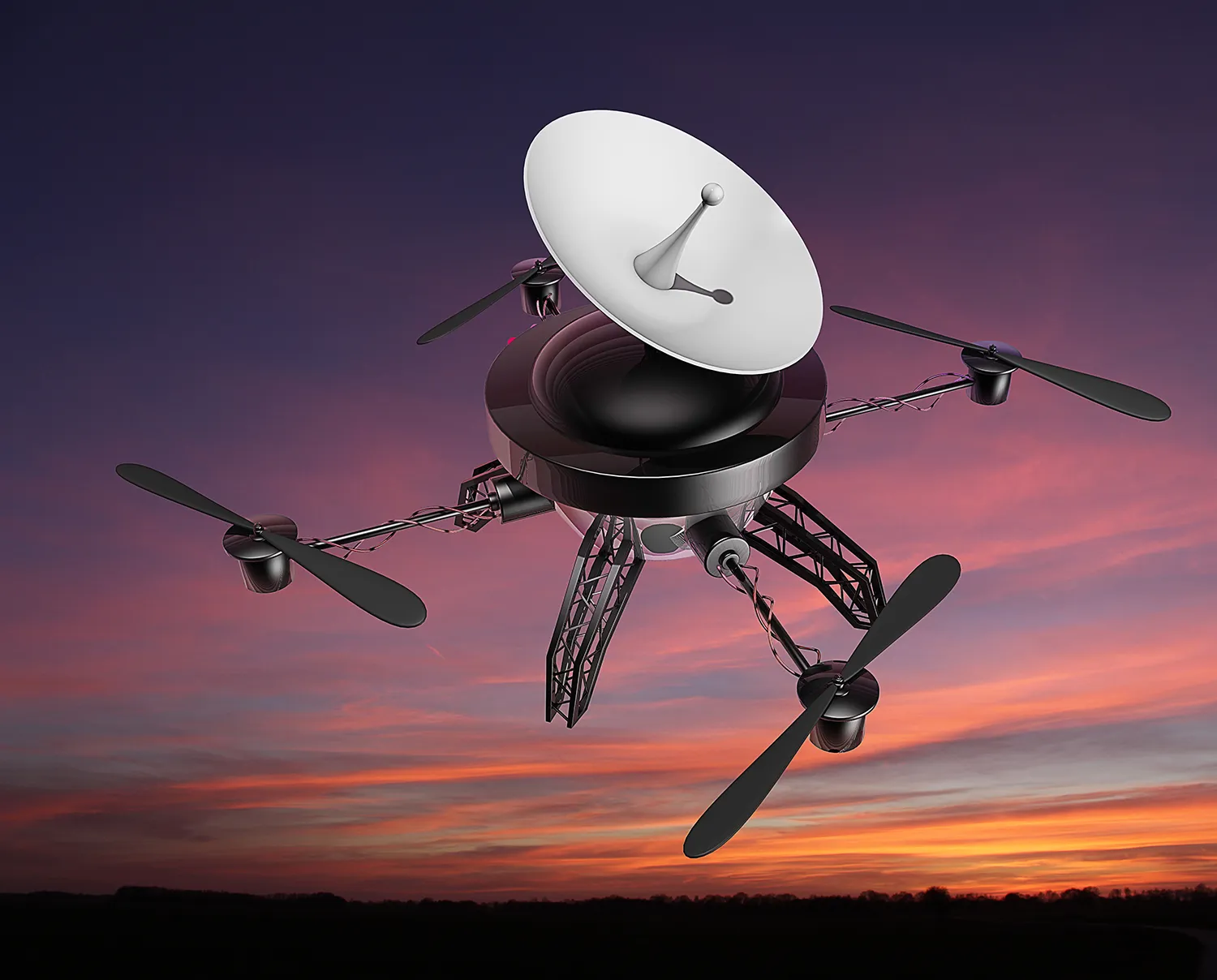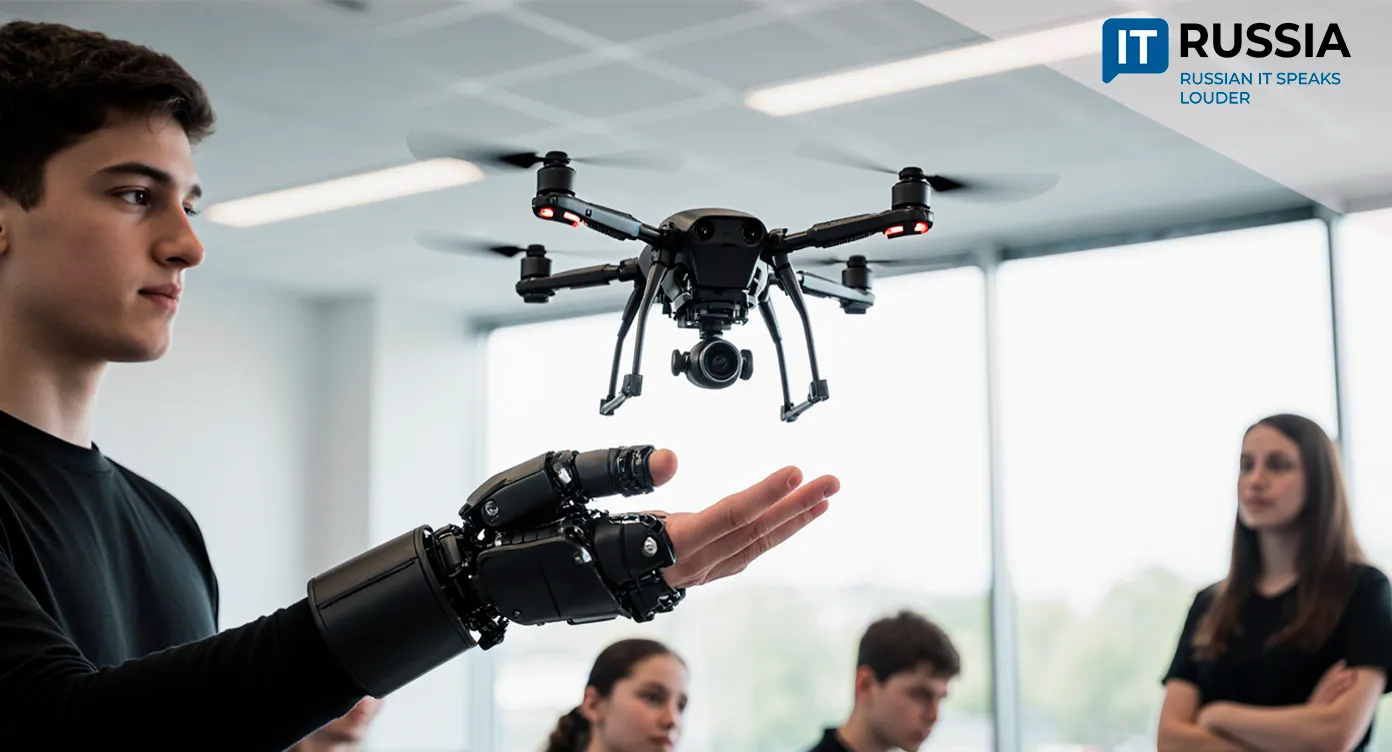Russia to Deploy Dome Connectivity for Drones

Russian engineers have developed a communications device that can be mounted on nearly any drone. The new solution could play a key role in logistics and emergency response.
Coverage Across Hundreds of Kilometers
Russia continues to advance its unmanned systems, with one priority being reliable communications for drone fleets. This is especially critical when coordinating multiple devices simultaneously.
Recently, Russian specialists carried out successful trials of a “dome connectivity” system for drones. The tests involved the Gonets Satellite System (part of Roscosmos), Geoscan, and the Tomsk-based Unmanned Aviation Systems Research and Production Center (NPC BAS).
During the trials, a Geoscan drone equipped with a Gonets radio module climbed to an altitude of 4 kilometers and deployed a communication “dome” with a diameter of around 340 kilometers. The system was used to maintain connections with users, vehicles, and another drone subscriber.

“We technically confirmed the ability for drones at different altitudes to interact, where one drone can serve as a communication relay for another. Through the dome we retrieved the remote flight track of a second drone, successfully transmitted to the ground control station,” explained Andrey Manoylo, CEO of Gonets Satellite System.
Broad Application Potential
Manoylo emphasized that the experiment will form the basis of a comprehensive solution with wide applications. Within the coverage dome, logistics chains for delivery drones could be established. The same system could support area monitoring or coordinate rescue operations during emergencies.
The communications module itself was completed in March 2025. Weighing under 90 grams, it can be mounted on almost any type of drone. The first experimental modem was successfully tested in July 2024 at the “Archipelago” education intensive, when it transmitted flight data via Gonets satellites and sent commands to a Geoscan 201 drone.

Increasingly Complex Scenarios
Geoscan CEO Alexey Yuretsky highlighted his company’s strong interest in developing such technologies, given its work in both unmanned aviation and satellite communications. He stressed that joint testing with Gonets allows for gradual validation of increasingly complex use cases, moving innovation forward with confidence.
The experiment was conducted in Tomsk region airspace at NPC BAS. Its director, Denis Melikov, noted that the center is actively developing infrastructure for flight testing and zone management.
“Combining our center’s capabilities for technical support, ground testing, and flight trials ensures maximum benefit from every experiment and enables the creation of integrated solutions based on unmanned aviation systems,” Melikov said.

Scaling Up
Trials of dome connectivity have been running for several months, with each stage expanding in scale. Back in May, a Geoscan drone carrying a Gonets module climbed only 120 meters, establishing a 40-kilometer coverage area.
Tests of the new system are ongoing, with immediate goals including expanding the coverage area and increasing the number of simultaneously connected devices.
If successful, the system could be in demand not only in Russia but also abroad—particularly in countries struggling to provide stable communications in remote regions.
Russia is continuing to strengthen its technological sovereignty. Increasingly, the focus is not only on replacing imports but also on creating breakthrough homegrown solutions. The Gonets communications module is clear proof. Mass deployment could significantly improve operations for logistics companies and emergency responders.










































